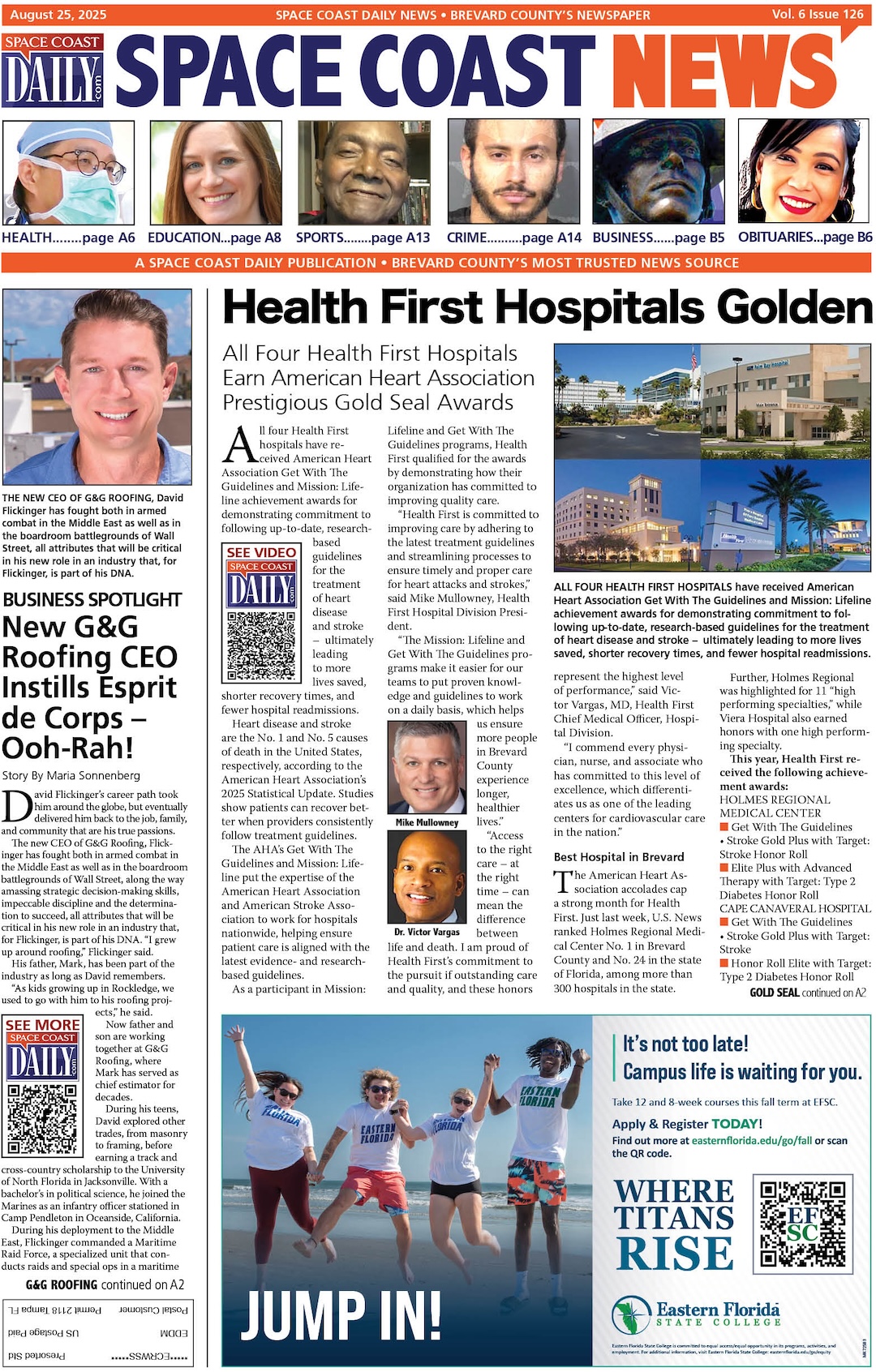Get The Best Experience With Your Remote Patient Monitoring Device
By Space Coast Daily // September 29, 2022

Over the years, remote patient monitor devices have revolutionized the healthcare industry. They have become incredibly popular not only among patients but among practitioners — this is due to the wealth of benefits and fractal value they offer.
Nevertheless, it’s important to understand how to successfully adopt and implement RPM tools. Know the ins and outs of some of them and understand the complexities of transitioning part of your medical operation into this field. In this article, we’re going to give you some easy-to-follow tips that will help you properly implement the most common remote patient monitoring devices available today.
What is a remote patient monitoring system?
Remote patient monitoring is a system that allows health care providers to supervise patients that are not in the same location as them. The system is designed to capture and transmit clinical data from the patient’s location back to the provider. These types of devices evolved from the need of doctors to reach patients that couldn’t get to their office for various reasons.
The first type of RPM were simple telemedicine protocols — doctors phoning patients up and supervising their recovery or status at home. Over time, various companies and organizations – amongst them NASA – started to explore the possibilities of remote medicine.
They started to invest heavily in the field. This created a feedback loop. Patients, consumers, and practitioners started to realize the potential of RPM devices and began to demand more of them. Companies started to understand that if the demand was high they could profit from it if they struck while the iron was hot. Currently, RPM is a billion-dollar industry and it continues to grow, evolve, and change at a rapid pace.
Today, the majority of remote patient monitoring systems use wireless technology, such as cellular networks or satellite networks, for their data transmission — and they can be found all around the world.
Remote patient monitoring tools or devices are incredibly important for today’s health care initiative and the industry as a whole — they can do much more than simply monitor a patient’s vital signs. Thanks to upgrades and innovative tech, RPM devices have incorporated all manner of features.
On top of that, due to the advent of AI and the leveraging of big data, the info recollected by these devices is proving invaluable to the advance of medicine. Remote patient monitoring is not only beneficial for the hospital, clinic or practice but also for the patients.
Remote patient monitoring devices can provide a range of benefits to hospitals, clinics, and practices, including:
■ Reduce costs by avoiding unnecessary hospital admissions.
■ Improve the quality of care by ensuring patients are seen at the right time.
■ Improve the quality of life by giving people more independence.
■ Reducing staff costs.
■ Creating personalized bio profiles for each patient.
■ Helping doctors develop a better understanding of each patient’s needs and habits.
And these are just some of the multiple benefits associated with these types of devices.
Tips for implementing RPM into your practice or company
There’s an upfront cost associated with wearable remote patient monitoring devices, such as the ones we offer here at CareMate, so it’s critical that if you’re going to make the investment you properly set them up — it’s the best way to truly get the most out of your buck.
Let’s take a look at some of the easy-to-follow tips we normally hand out to our clients.
Identifying your need
There are dozens upon dozens of RPM devices available right now. Depending on your practice, and its focus, you might not need them all. It’s critical to ID what metrics you want to monitor while your patient is at home, and/or what ailments you want to treat remotely.
Patient engagement is a priority
Some patients simply won’t engage with these kinds of devices — for multiple reasons. It’s important to funnel resources where they will do the most good. It’s important to allocate RPM devices to patients that are willing to embrace them.
Design
Invest in well-designed RPM tech. Tools and devices that are easy to use, that are cost-effective, and – if possible – can be used to monitor multiple ailments or vital signs.
Get your staff on-board
Everyone on your team must know how to properly operate these types of devices. It’s also important that they comprehend their vitality and how they can effectively help them and your business out.
Support
You always have to be ready to provide support — one day at a time. These devices take time and adoption rates vary. Sometimes patients can get frustrated with them and require a little hand holding.
Data security
It’s also critical to understand that these devices can be hacked and that they also collect a lot of personal data — as such we highly recommend approaching a digital security company to help you out. To give you tools, tips, and even support for safeguarding all your data points and networks.
RPM devices and today’s adoption rate
Healthcare providers are starting to use remote patient monitoring devices more often because they want to provide the best care for their patients. Remote patient monitoring devices are becoming more popular in the healthcare industry.
They are used by doctors and nurses to monitor their patients remotely and make sure that they are doing well. They are also being heavily promoted by some of the biggest names in the high-tech world, making them incredibly attractive to patients — to the point that they are starting to demand them.












